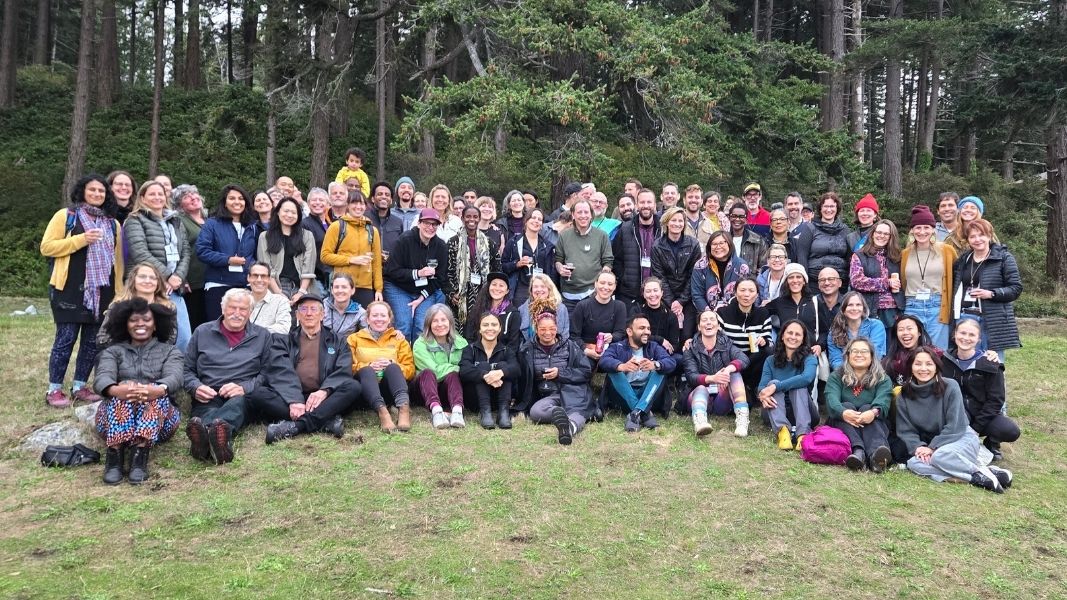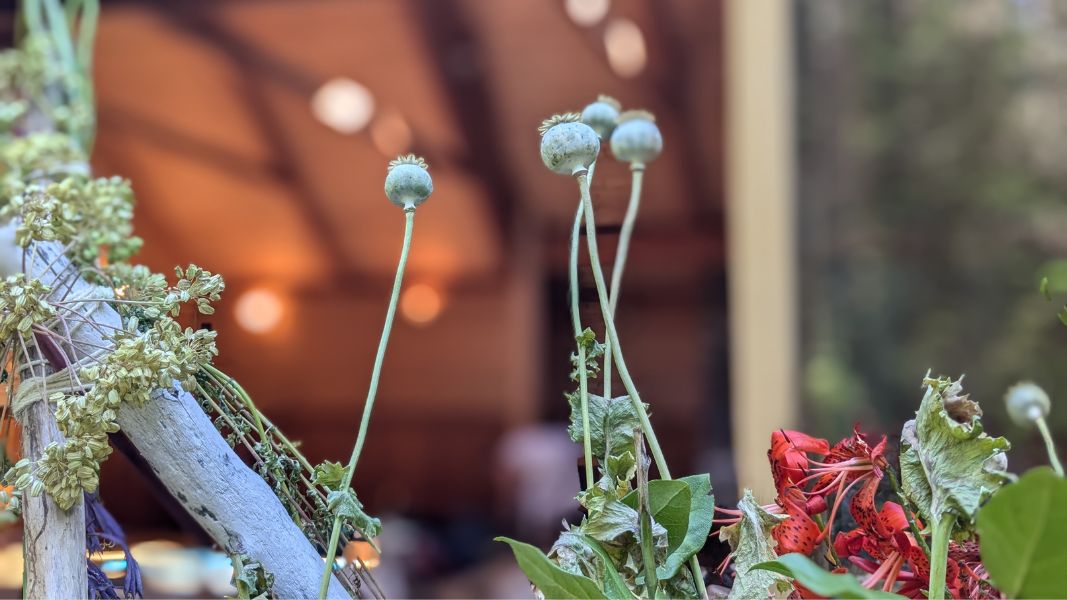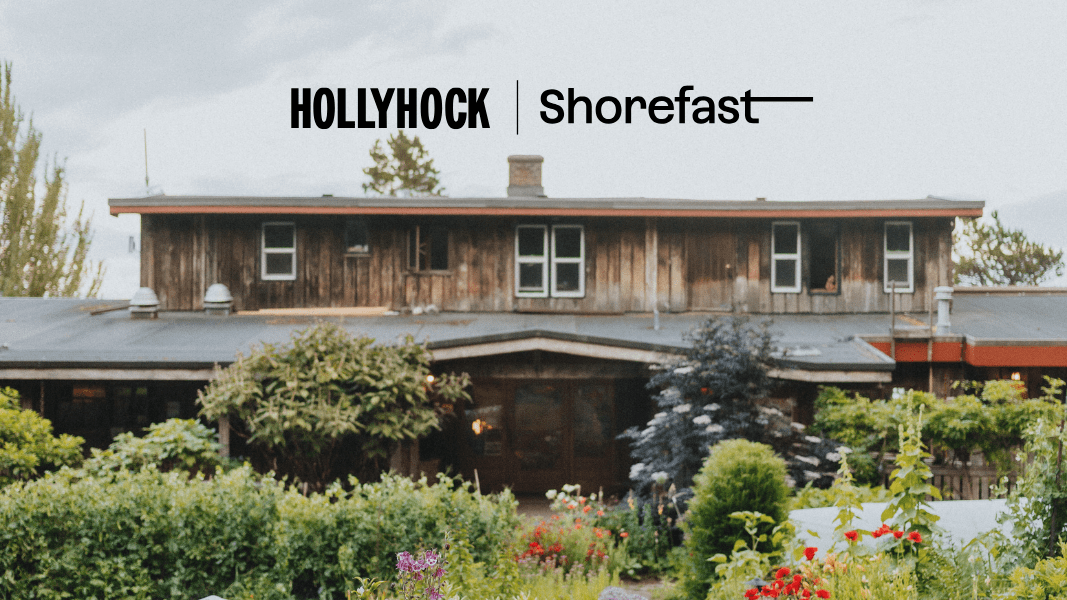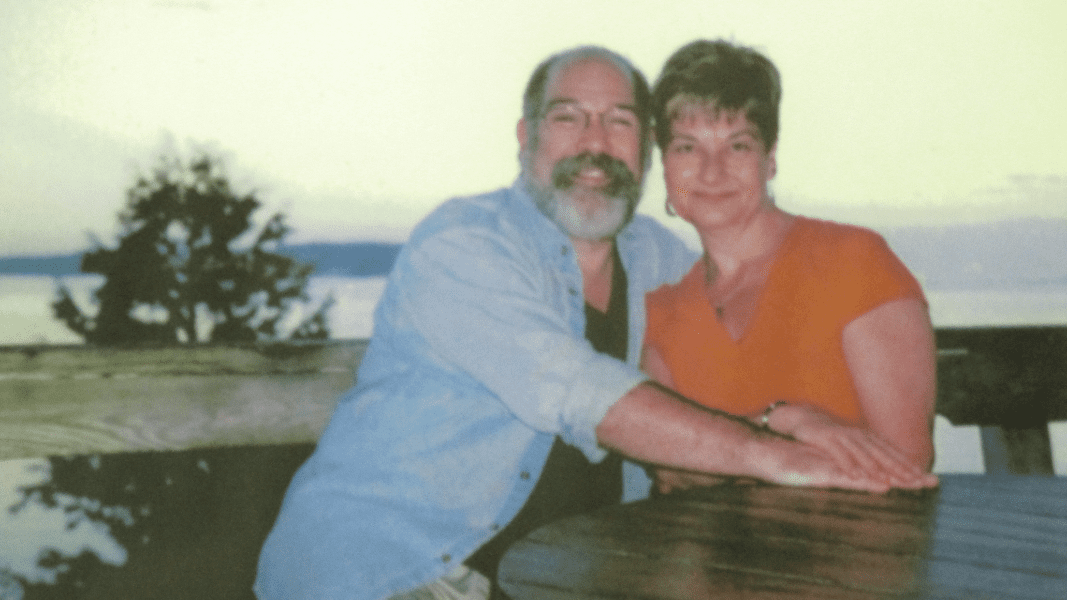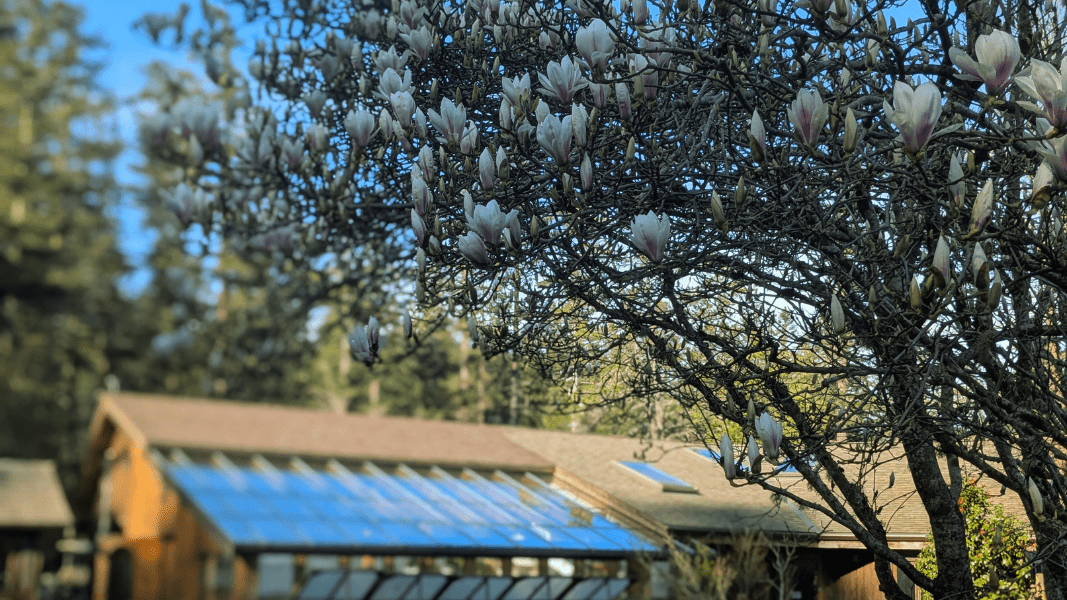When I accepted the role of Chief Executive Officer at Hollyhock in 2017, it was a utopian pursuit. At university, I studied the Soviet Revolution and Buddhism (unrelated), intrigued by the impulse to create new societies and new people to inhabit them. Growing up as a lower-middle class kid in Vancouver in the 1980s; Marxism, Buddhism, and utopia offered a solid alternative to the suburban wasteland I traversed on my BMX. Seven years ago, taking a leading role at Hollyhock seemed like a perfect fit – a fusion of wisdom and politics. The world has changed dramatically since I accepted this role and as I leave Hollyhock, I believe that world needs retreat centres even more than it did in 2017. And yet, retreat centres continue to struggle to articulate impact, attract new audiences, and remain financially viable.
Personal transformation = social transformation = personal transformation ∞
Retreat centers like Hollyhock are powerful spaces of personal and social transformation – full stop. For the past seven years, I have witnessed the personal transformation that is available to people when they take the space in their lives to step out of their everyday, connect to themselves, their body, their minute to minute experience. In countless workshops, in conversations on the Hollyhock deck (overlooking the glimmering Salish Sea), and in the majority of our guest feedback, I hear about the new insights, new realizations, and deep healing that happens at Hollyhock. The majority of it touches a deep wisdom, insight into a “self” or “being” that peels back the layers of social conditioning.
I have come to understand this work as remembrance – a connection to self that sheds the expectations of modernity, even if just for flashes. It is a highly relational connection that allows for the experience of “being” (over the experience of “knowing”). It favors depth and the interconnectedness of experience over the linear, the transactional, the productive. It is the type of connection and insight that lives in our bodies, in the space between words, it is our deepest presence and it unlocks our purpose. As I struggle even articulating it as I write these sentences, I feel a great deal of compassion for all those who work in the marketing departments of these centres.
The transformation of these spaces goes much beyond the personal (although it starts there). When Hollyhock curates and convenes gatherings like Social Venture Institute, Activate, the Psychedelics Summit and countless others we are fusing the insights of presence (as discussed above) with network catalyst. The goal is to bring people into deeper connection with themselves in a container that re-enforces and amplifies their work and impact in the world. The transformation formula is: connection to self (presence/purpose) + community of practice + inspiration = exponential impact. The fuel for the exponential impact is the connection to self and community.
The final piece of these transformational spaces is the land itself. In the case of Hollyhock, the land on Cortes Island has been a meeting place for indigenous people since time immemorial. A gentle, shallow beach that meets a forest of once ancient cedars. Many times over the years, I found myself in a special relationship with the forest, the ocean, and the wind. Many of the people who visit Hollyhock, express a similar connection. It is hard to define exactly what it is, but I have felt similar feelings in other retreat centres. I have defined it as awe or spirit or otherwise. It is an important aspect, even in its mystery.
Does the mixed business model of retreat centres have us stuck?
Running a retreat centre is a challenging financial pursuit. From my vantage point, there are two dominant operating models that act as poles on a spectrum. On one side you have “for-profit” retreat centres that operate primarily off earned revenue. These centres tend to be more upscale, focused on health and wellness, have beautiful locations, and are professionalized hospitality businesses. On the other end, you have philanthropically funded centres that are more focused on a spiritual/social purpose/outcome, tend to be in more remote locations (or in urban cores), have limited hospitality and professionalized staff. Most retreat centres operate somewhere in the middle (including Hollyhock) of the spectrum, fusing earned revenue and philanthropic revenue as 501c3s in the US and charities in Canada. I have come to wonder if operating in the middle of the spectrum actually runs at cross purposes limiting coherence, funding and impact?
The earned revenue model at retreat centres is a volume business driven by occupancy rates. It doesn’t matter whether you are a large retreat centre (Kripalu, Omega, Esalen) or a small centre (Hollyhock, Tassajara, Whidbey Institute), your ability to generate earned revenue is based on the number of “heads in beds” you sell compared to the total number of beds available. The philanthropic model is driven by a social purpose connected to the mission and vision and usually operationalized through a theory of change. With most retreat centres operating as a fusion of these models, the challenge becomes prioritizing the lower margin social purpose work (which is often why staff, board members, and donors are attracted to work) over the revenue generating volume workshops (which has tremendous value in its own right – see above RE: personal growth). In my experience, operating these two aspects of the business model side by side creates a tremendous amount of tension and incoherence and begs a simple question: is your centre a nice place for folks to come to explore their connection to self, each other and the natural world? Or is your centre a space of transformation that is imaging a new world?
There were times when I thought that this was just a marketing problem. I thought that if we just “told a better story” we would be able to bridge the gap. I now understand it as a fundamental question about a retreat centre’s theory of change. What if trying to be a volume retreat centre and a place for social transformation actually does not work? What if retreat centres are stuck trying to be “all things to everyone” and therefore nothing (great) for anyone? Most retreat centres are duct taping together two models, each one valid in its own right – it might just be that we have to choose.
How do we ensure renewal in our centres?
Like many other retreat centres, Hollyhock was founded by a brave generation of founders in the early 1980s. They put their heart and soul into the organization, bringing new ways of thinking, living, and being to Canada’s West Coast. It became their summer gathering place – a place where they could imagine and dream into their best selves. As this generation moves into eldership, there is a strong need for retreat centres to face the future and adapt for the next generations.
The core offering is potent and probably more necessary now than it was when many of these retreat centres were founded. And yet, the world has changed. The language is different, the concerns are different, the people are different. The world feels more frayed, complex, nuanced, and is striving for more justice, fairness, and equity. There are many ways that the traditional way of operating retreat centres come into conflict with stated goals of justice and compassion. It has been hard for retreat centres hear these truths and to accept that change is necessary. At times it has felt calls for change are regarded as an indictment of the past.
It is a delicate dance to bridge between generations – to support one generation to let go of the reins with grace, and another to realize their power with love. Despite having strong intergenerational cohorts sharing wisdom, inspiration and accountability, many of our retreat centres are struggling to remain healthy through generational transitions. Over the last seven years, I have tried my best to steward this transition at Hollyhock, making all sorts of mistakes along the way.
I have come to regard “health” in transition as organizations bringing the best from their founding and their history but are firmly facing the future. They have healthy practices of renewal and innovation (board term limits, succession planning, cultures of belonging), they have strong governance (clear definition of roles between board and staff, distributed leadership, checks and balances for the board and senior staff) and they are attracting new and diverse guests, supporters, and stakeholders. Renewal is hindered when centres have an orientation stuck in the past or based on messianic personalities.
What does it take to be embedded vs. embattled in community?
A few years ago, I was heading to a gathering at a retreat centre and I was in a taxi on my final approach. When visiting a new area, I love talking to cabbies to get their perspective. I asked the driver what he thought of the Retreat Centre we were going to. I got a response that is unfortunately all too familiar. He spoke with mild disdain, curiosity, and resignation. He wondered out loud if “the place was a cult.” He acknowledged that the centre brought “tourists” and that was a good thing for him and the local economy and trailed off. The last thing I heard him say, almost under his breath, was that the place was “strange.” Retreat centres often struggle with the communities that they reside in. Some of this is to be expected – they are often large employers; their offering is often esoteric; they often attract new people to remote locations which can fuel gentrification and resentment.
This has been the central critique of Hollyhock for many years. When I took over as CEO, I believed that if we “democratized” the workplace, increased transparency, and compensation, we could better the relationship we had with our community. It is clear to me now that was only a part of the picture. Yes, raising wages and increasing benefits matters and I am very proud that we did that, but just as important is developing a culture of service and “embeddedness” within the community.
In 2018, through the wisdom of Suzanne Fletcher and Rex Weyler, we began holding coffee houses in the winter at Hollyhock. It was a chance for the community to come and use this beautiful facility for community events. I was lucky enough to attend a number of these events and they were joyful, heartwarming, and fun. We also have worked hard over the years to build a meaningful relationship with indigenous nations upon whose lands Hollyhock is built. But there is more to be done and it begins with questions of service, reciprocity, and community – how can we be of service to the health, vitality, and connection of this community? What does it look like when we are in deep partnership and reciprocity with this community? What does it mean to be embedded in community? The answers to these questions are often right in front of us.
A bold articulation of impact = money
During my time at Hollyhock, I have experienced the most generous philanthropic support in over twenty years working in social change. Retreat centres are spaces of deep personal transformation and network connection, and thus they hold a special place in the hearts of many. I am fully convinced that the money required to fuel the impact of retreat centres is out there! The opportunity for retreat centre leaders is to tell and weave compelling stories that connect the deep impact of retreat to the (dire) challenges the world faces.
The first step in telling a compelling story is to get serious about your theory of change. What is the impact you are trying to create in the world and how will you make that real? Articulating a theory of change forces an organization to get very real about what they are and the answers might by confronting. This is good. If honest, you might find out that your (stated or original) impact has become subsumed by the necessity to perpetuate the organization; or to employ folks in your community; or to connect an old community of friends. The power of analyzing impact is in illuminating the truth and deciding if that aligns with stated aims, what the world needs, and what bring your energy and joy.
If you are clear about the impact you are trying to create, the key is to find (social) investors who want the same impact. Please be bold and precise; the times we are living in demand it. The world we have inhabited and operated in is regenerating in real time and requires new solutions. The old ways of thinking will not lead us to the new future. Retreat centres have this type of space making, reflection, and meaning in their DNA and are well positioned to midwife the new world. The central question is whether we will?


